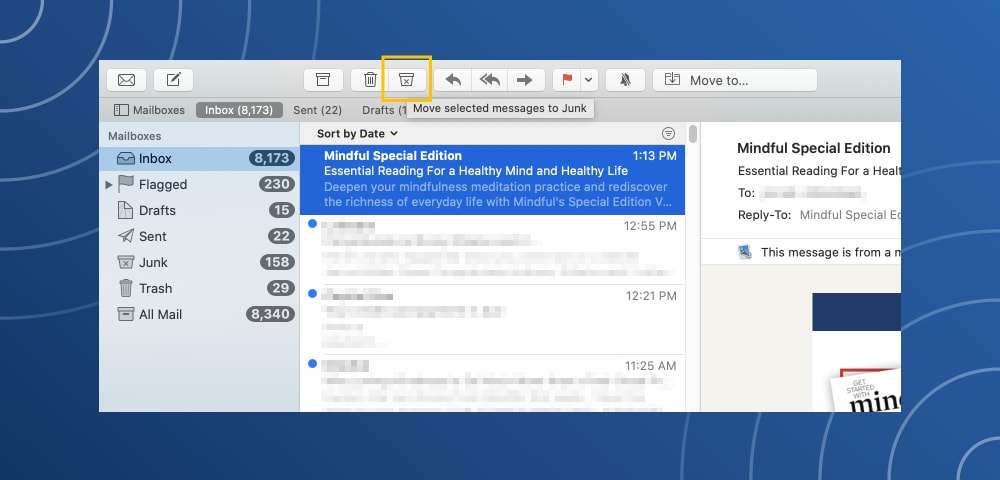
In this sort of case, automatically sending those emails to the Spam folder might can be the final step you can do. If you use Gmail, you might ever in a situation where you have unsubscribed from certain sources, yet they keep bothering you with promotional emails or other type of annoying emails. A More Info link is available if you need help.Getting emails from the unwanted sources is sucks.
SEND EMAIL TO TRASH WITHOUT BLOCKING PASSWORD
If you have already registered or your account already exists, you will be prompted to sign in and provide your password to decrypt the message. In the future, you will not be prompted to register.
SEND EMAIL TO TRASH WITHOUT BLOCKING REGISTRATION
If you have not registered for Proofpoint Encryption, you will be prompted to create an account and choose a password on the registration page. You can display the images or ignore them without affecting your ability to read the message. These images are typically the logo or pictures of the sender's organization. Note: If you see red X icons in the browser, your email client is blocking images. Click the attachment in the message to launch a browser to authenticate so that you can decrypt and read the message.Ĭlick the attachment SecureMessageAtt.htm to authenticate so that you can decrypt and read the message. You have received a secure, encrypted message from the sender.

When you receive an encrypted message, you will see the following text:

Proofpoint URL Defense is the second layer of protection against malicious emails, but scammers are continuously inventing new schemes designed to slip through security measures. Please continue to exercise caution when clicking on any link in an email, especially from unknown senders. The link is evaluated every time you click on it to ensure that it is considered safe when it is clicked. To learn more about the URL Defense scanning technology, watch Proofpoint's URL Defense overview video. In addition to scanning for potentially malicious senders and attachments, Proofpoint scans every link (URL) that is sent to your mailbox for phishing or malware websites. URL Defense rewrites all URLs to protect you in case a website is determined to be malicious after you have already received the message. Alternatively, you can go to the Email Digest Web App at any time to review and manage your pending emails.īe sure to review your Email Digest weekly, if not daily! After 14 days, all emails pending in the Email Digest will be permanently deleted from the system. You can release or block emails directly from the Daily Email Digest. The Daily Email Digests are released each day beginning at 2am ET. newsletters, advertisements), it is routed to your personal low priority mail.Įach day you will receive an email named End User Digest: Total Messages from CU Email Digest ( ) to let you know that you have messages being held.



 0 kommentar(er)
0 kommentar(er)
